Julie Elias's Fashionable Cuisine
for the Modern Woman
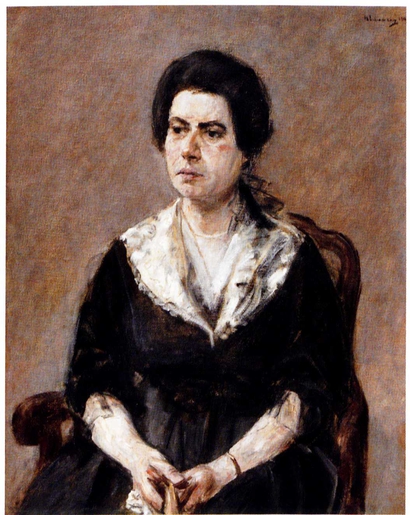
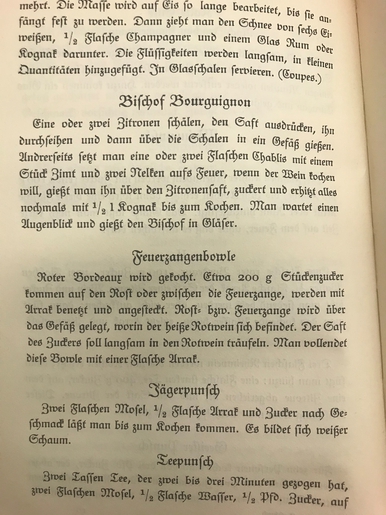
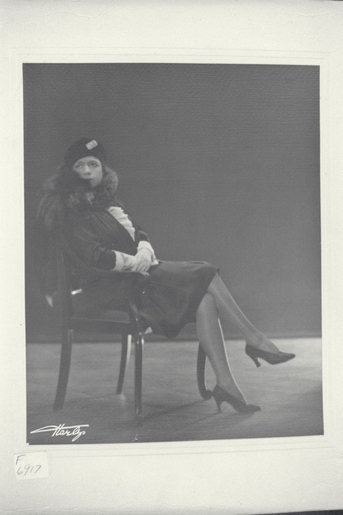
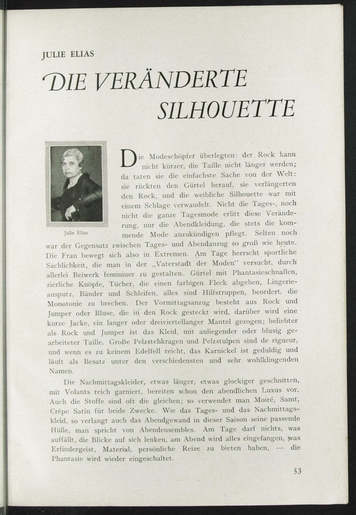
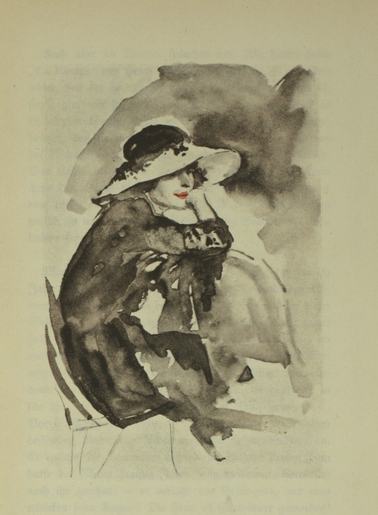
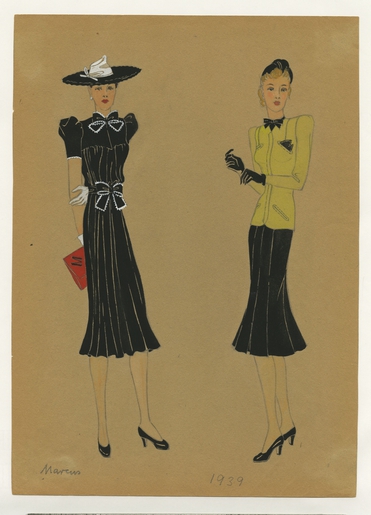
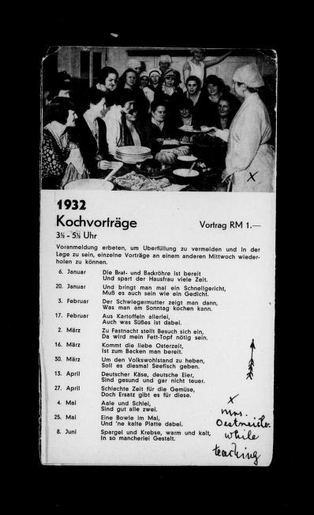
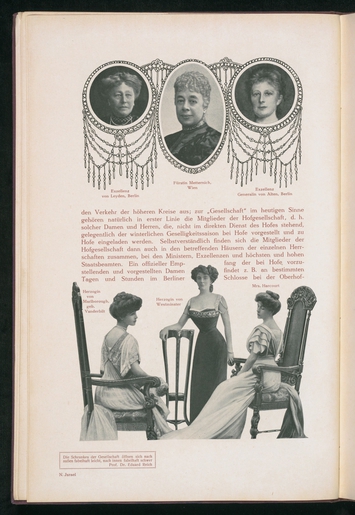
Published in the Weimar Era, Julie Elias’s Das Neue Kochbuch was a “guidebook through fine cuisine” and seemingly intended for stylish entertaining. Throughout her introduction, Elias emphasized the combination of style with gourmet taste. A Berlin fashion journalist, Julie Elias's reviews and commentary of Weimar fashion were published in both mainstream and Jewish publications. Jewish women in the Weimar period were considered trendsetters, in part because of the large number of them working in fashion journalism, design and photography. Jewish women like Elias thus had a significant influence in creating and popularizing fashionable trends.
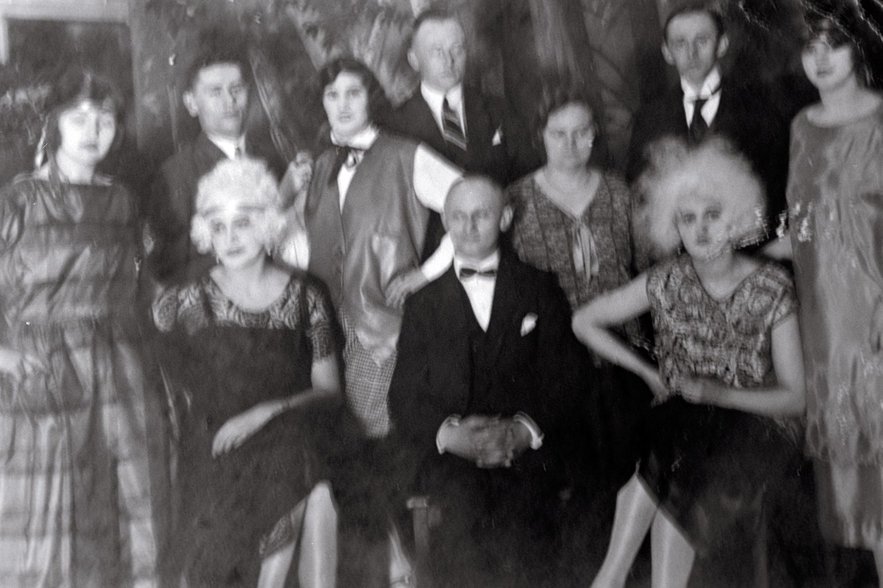
The female cooks Elias described in her introduction were the embodiment of the stylish women in her fashion articles. In a 1929 article on the latest silhouette in women's fashion, Elias presented a new look: An elegant long skirt that is ankle-length yet still permits a view of the leg. This woman in her new long skirt is exceptionally sophisticated. Her legs sing a "Schwanengesang" ("swansong") and she is transformed from a girl to lady:
"The woman has for a long enough time been a girl, she has again become a lady, and that succeeds to her advantage ... long skirts are more hygienic than short skirts, the legs are sheltered in evening, where only a breath of silk covers them. ... one can be assured how willing the pleated skirts follow the gliding motion of dancing."
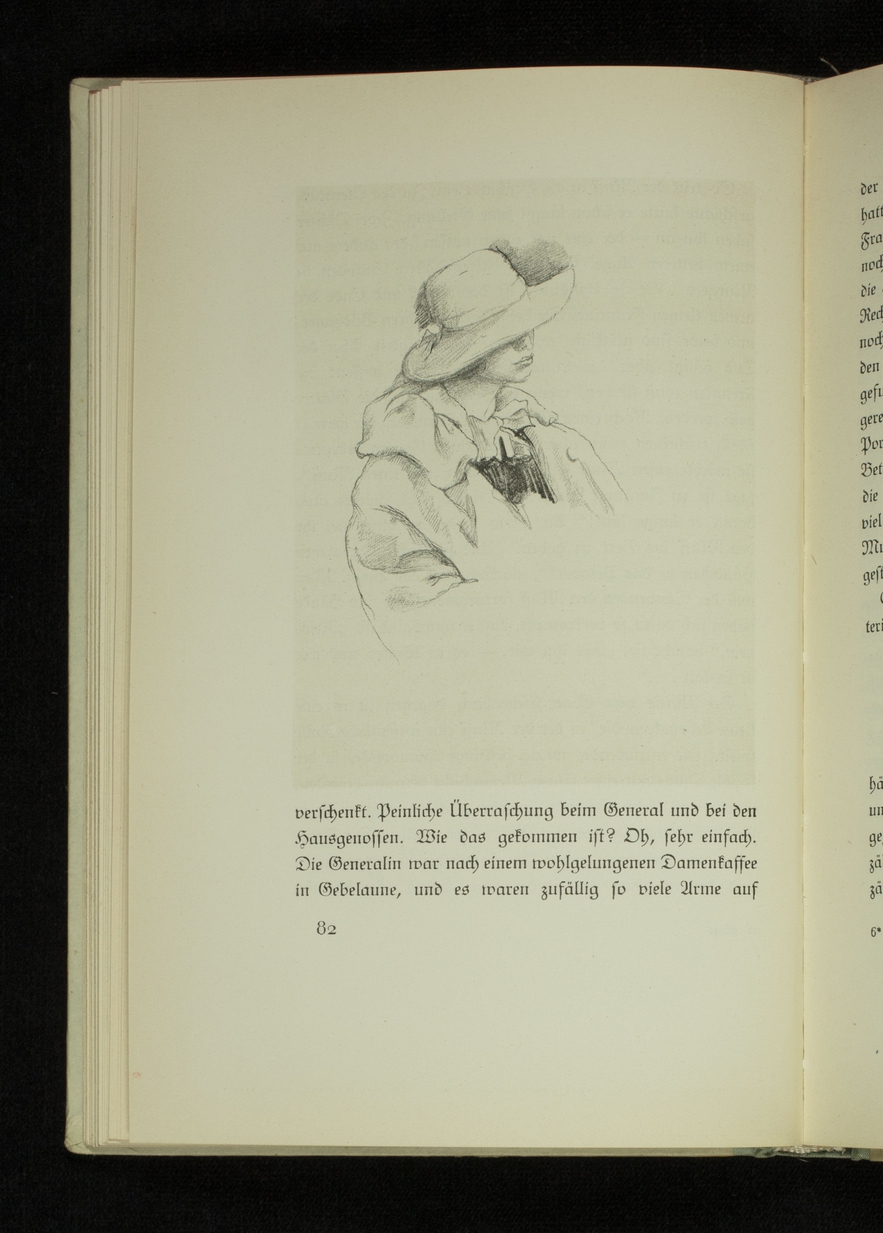
Elias’s fashionable woman is sleek and graceful in her long skirt - yet also hygienic - and enjoys dancing. Similar to the woman in her fashion article, Elias’s cookbook was written for modern women who are elegant and sophisticated. Her cookbook was not only for the “fanatical housewife,” but also for the “modern lady, who pursues sports or fulfills a practical profession and doesn’t have a lot of time left for her ‘Wirtschaft’ (‘home economics’) to facilitate culinary considerations through advice.”
Her cookbook showed a strong influence from French cuisine with recipes like madeleines and Suppe Ambassadeur (a type of split pea soup); and noticeably treyf recipes like lobster soufflé. Although not kosher, she included distinctly Jewish recipes, such as matzo balls, matzo soup, and other dishes particular to Passover. In addition, a number of the recipes are attributed to prominent Jewish figures in Germany at the time, such as Martha Liebermann, the wife of Max Liebermann. Some of Elias's recipes were clearly for parties, like her Bischof Bourguignon, a mulled wine beverage requires lighting a cinnamon stick and cloves on fire in a glass to create a smokey taste.
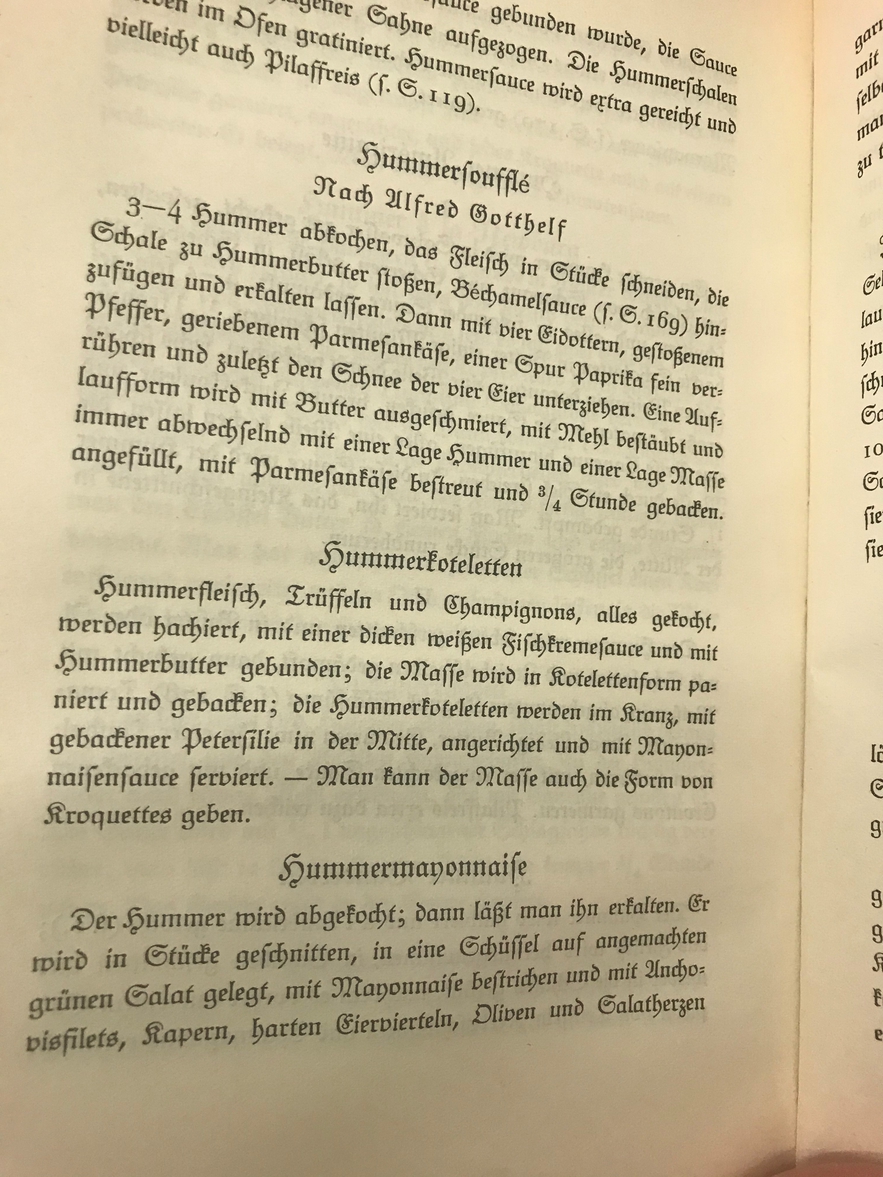
Distinctive from other cookbooks, Elias’s emphasized a combination of “verfeinerte Sinnlichkeit” (“refined taste”) as well as hygiene as a form of “sparsame Esskultur” (“light gourmet”), which she claimed was necessary for the current fashion of “äusserste Schlankheit” (“extreme slenderness”). Other authors (like Lina Morgenstern) discussed the hygienic and nutritional properties of food through the latest medical science, but Elias stressed the value of hygienic food as nutritional and preserving of a stylish lady’s figure. “The cuisine of a people,” claimed Elias, “is dependent on the character and quality of the respective women’s ideal.” To achieve this cuisine, a cook must use “Diatküche” (“nutritional cuisine”), which requires “measured” and “robust” portions that are "unschwer" ("not heavy"). (Note: The emphasis on "unschwer" portions is a little confusing when looking at her recipe for lobster cutlets with a thick white fish cream sauce, lobster butter and truffles.)
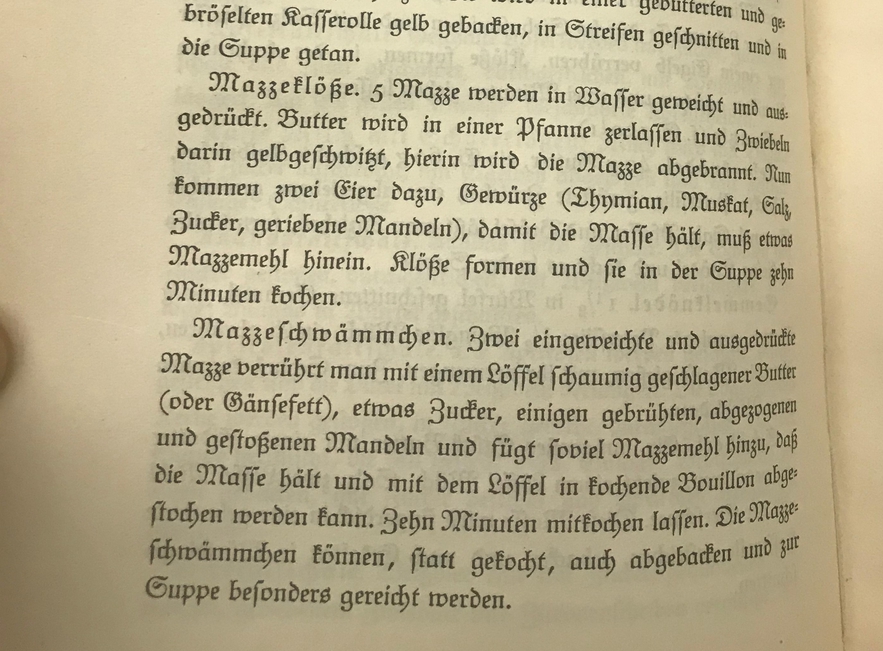
Another unique aspect of Elias’s cookbook was her emphasis on refining technique. “It’s no art to always prepare voluminous roasts or to bake rich tortes – it is even […] a little old fashioned.” Instead of large, heavy meals, the cook uses honed cooking techniques to make refined, flavorful dishes. A cook must watch her stove carefully, familiarize herself with quality ingredients, and practice because “only through a proficiency of handywork does one achieve mastery.”
Together with her son Ludwig, who had practiced as a lawyer in Berlin before 1933, Julie Elias fled to Norway in 1938 with the support of the Norwegian Foreign Minister Halvdan Koht. While she was able to evade persecution by the German occupiers with the help of the Norwegian resistance, Ludwig Elias was deported from Oslo to the Auschwitz extermination camp on November 26, 1942, where he was a victim of the Holocaust. She died as the war ended in Europe, in Norway, in the spring of 1943.
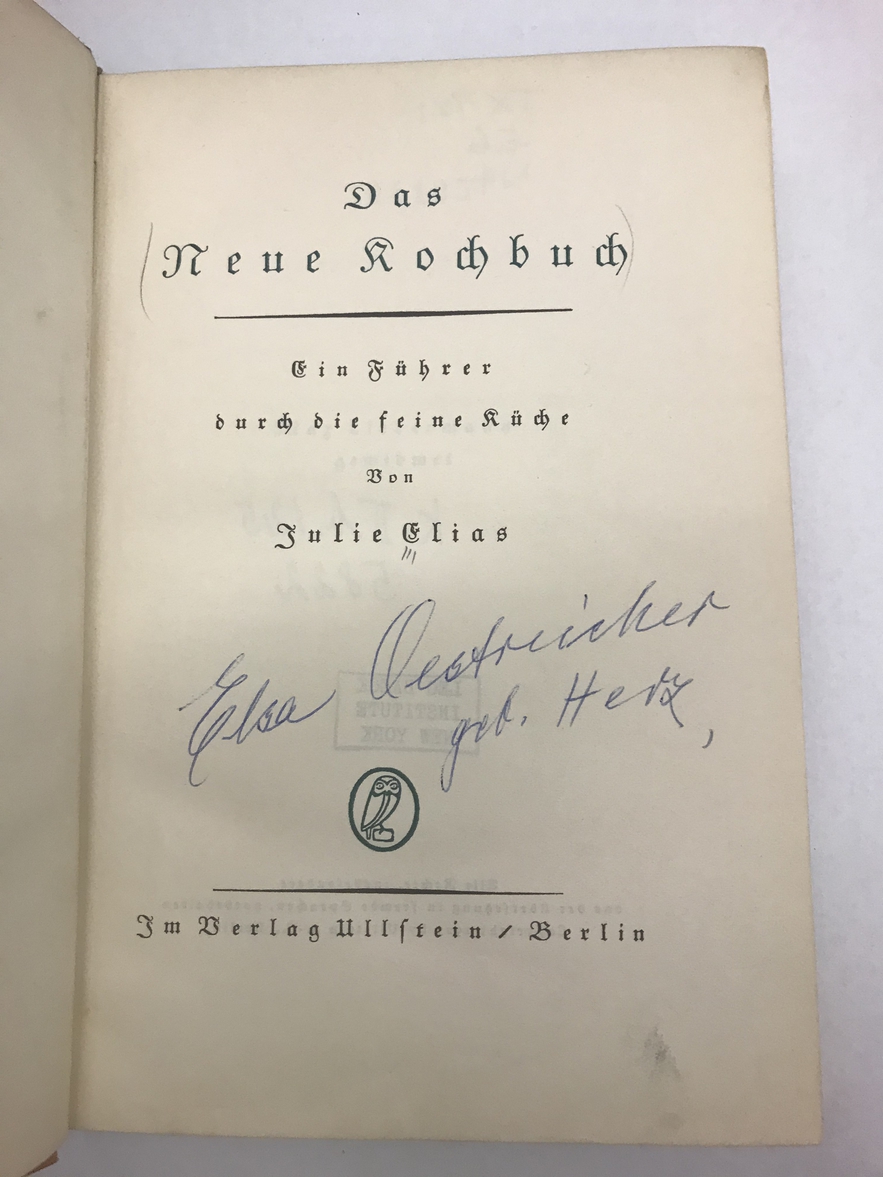
The title page of the copy of Julie Elias's cookbook found in LBI Library bears the name of its former owner, Elsa Oestreicher. A resident of Berlin, Oestreicher was an instructor at a cooking school following World War I and the author of several cookbooks. She opened up her own cooking school for Jewish women following the Nazi seizure of power, when she could no longer teach non-Jews according to the Nuremberg “race laws.” Oestreicher was deported to the Theresienstadt Ghetto at the end of 1942, where she survived as a cook working at one of the food distribution points. After the war she immigrated to New York where she again became a cooking instructor, this time to many Jewish Holocaust survivors trying to start a new life in America. She died in New York in 1963.
Bibliography:
Wallach, Kerry. "Weimar Jewish Chic: Jewish Women and Fashion in 1920s Germany." Fashioning Jews: Clothing, Culture, and Commerce. Ed. Leonard J. Greenspoon. West Lafayette, IN: Purdue University Press, 2013. pages 113-135.